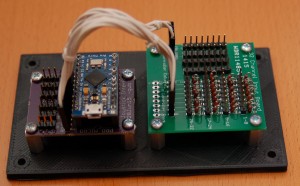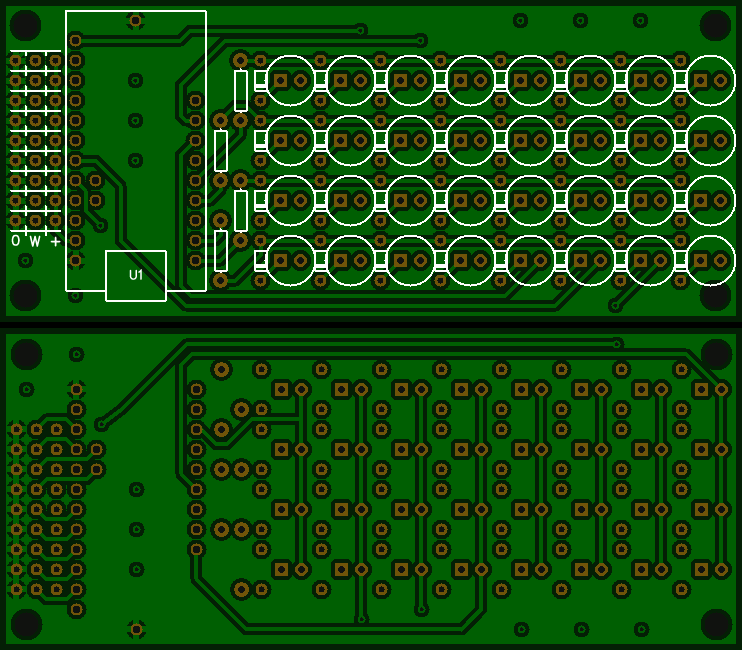Hey gents, im new here, i was brought here by the "many axis joystick thread" and while i was looking around i am well aware that this forum is much more dedicated to the software side of things than the hardware side of things.
I am in the inital planning stages of building my own flight stick joysick.
what i am hoping that one of you will be able to point me in the direction of is a breakout board that would take care of the matrixing of the buttons.
Similar to what this guy did but with the at least axis available?

http://www.simpits.org/geneb/?p=392#more-392
everything that i am seeing for boards that do matrixing are on the output side of things rather than the input.
I am in the inital planning stages of building my own flight stick joysick.
what i am hoping that one of you will be able to point me in the direction of is a breakout board that would take care of the matrixing of the buttons.
Similar to what this guy did but with the at least axis available?

http://www.simpits.org/geneb/?p=392#more-392
everything that i am seeing for boards that do matrixing are on the output side of things rather than the input.


